
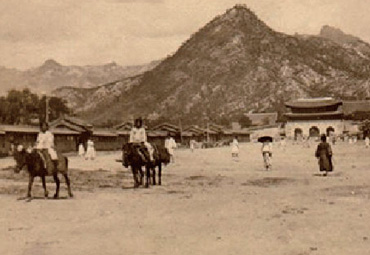
Hope seemed too distant for Koreans under Japanese colonial rule, and people cried out in sorrow of the loss of their national sovereignty. However, it was inevitable that many hit songs in the early 20th century were heavily influenced by Japan and Japanese culture. As if that wasn’t enough, Japan banned all Korean songs in 1943, and Koreans were unable to hear or sing songs in their own language for several years.
These Troubled Times (Park Chae-seon & Lee Yoo-saek, 1921)Han Go-eun (Drama “Capital Scandal”)

The Tear of Mokpo (Lee Nan-young, 1935) Joo Hyun-mi

My Brother the One-Man Band (Park Hyang-rim, 1938)Moon Hee-ok


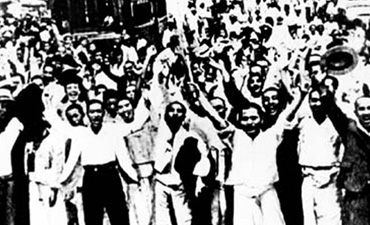
The Second World War came to an end in 1945. Japan surrendered and Korea celebrated its liberation. The song "Lucky Seoul" reflects the joy that resembled “celebrating the parents’ birthday every day” as the lyricist Yoo Ho recalls. However, Korea was divided and the South soon found itself under the rule of the U.S. Army Military Government. The Korean War further devastated the country, leaving millions dead or wounded and separated from their loved ones. Some even sought emergency refuge in the south, a harsh reality that is well-reflected in the song “The Pusan Rail Road Station of Separation".
Lucky Seoul (Hyun In, 1948)Hyun In

Rest in Peace, Comrades (Hyun In, 1950)Johnny Brothers

Heartbreak on Miahri Hill (Lee Hae-yun, 1956)Park Ae-ri


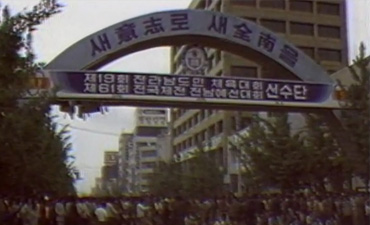
The country strove to recover from the aftermath of the war and achieved rapid industrialization. During this time, Korean music also saw changes, influenced by music in the so-called "Eighth U.S. Army Show" at the base for the American soldiers who stayed behind after the war. The youth culture flourished with college-aged baby boomers reflecting their thoughts and stories in their songs. Strong government censorship in the 1970s was a discouragement, but the movement for democracy in the ‘80s incorporated grassroots activist songs into mainstream music.
The Boy in the Yellow Shirt (Han Myeong-sook, 1961)Ha Chun-hwa

Camellia Girl (Lee Mi-ja, 1964)Lee Mi-ja

Morning Dew (Kim Min-ki, 1971)Yang Hee-eun

Beautiful Woman (Shin Joong-hyun & Yup Juns, 1974)Shin Joong-hyun

Short Hair (Cho Yong-pil, 1979)Cho Yong-pil

Tonight (Kim Wan-sun, 1986)Kim Wan-sun


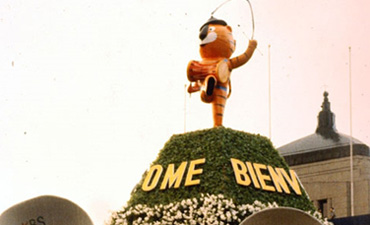
Korea saw advancement in technology and the Internet, which subsequently changed the country. Singer PSY’s “Gangnam Style” recorded more than 2.7 billion views on YouTube, and K-pop became a more widely enjoyed genre around the world. Today, music fans enjoy music in various ways—with their ears, eyes and even their bodies. Music is the most intimate and beautiful record of the times.
I Know (Seo Taiji and Boys, 1992)Seo Taiji and Boys

Gangnam Style (PSY, 2012)PSY

Cheer Up (Twice, 2016)Twice

Editor's Pick
[4K] ZEROBASEONE, BOYNEXTDOOR, DOYOUNG, n.SSign, LEE JIN HYUK, WOOAH, EPEX | On the way to music bank 240426
2024-04-26
HOT Video Clip of the Week (April 1st-April 8th)
2024-04-08
Music Bank Lineup (EP.1201 | April 5th)
2024-04-05
Close
This website uses cookies and other technology to enhance quality of service. Continuous usage of the website will be considered as giving consent to the application of such technology and the policy of KBS. For further details >


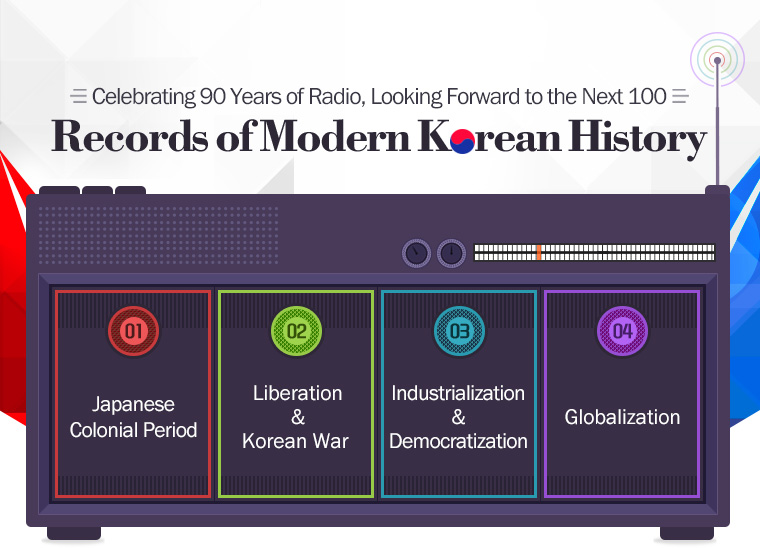
![[4K] ZEROBASEONE, BOYNEXTDOOR, DOYOUNG, n.SSign, LEE JIN HYUK, WOOAH, EPEX | On the way to music bank 240426](http://worldimg.kbs.co.kr/src/images/create/240426115803_72.jpg)

